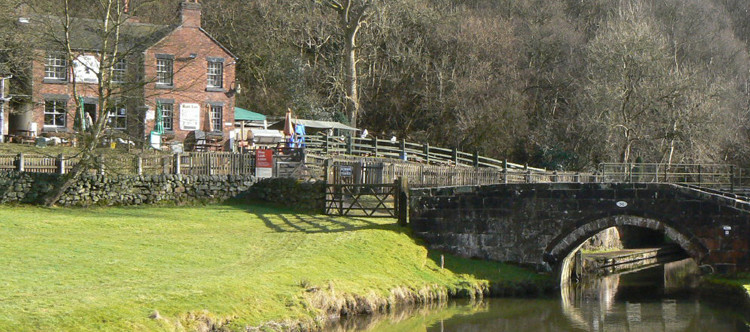‘Living on a boat’ – or more specifically, ‘Living on a narrowboat’. All sorts of romantic notions are conjured up by those four words. But, before you rush out and buy one, or give up a land base to live on one, I’ve tried to outline below some of the quirks of a life afloat ALL YEAR ROUND, and in particular,some things to consider before you decide on living on a narrowboat in winter.
This is only a short list – so if you have an experience you wish to share with other boaters, just post your comments below – if they’re not too rude – I will include them!
Obvious things first – The Loo. This small room on a boat is the most talked about of any, and every boater has a horror story they would be only too pleased to recount! Essentially there are a few differing options to contain and dispose of effluence. The Portaloo (often referred to endearingly as the Bucket & Chuck it option) tends to be the most basic. Often, this self-contained unit is not even plumbed in, so is very easy to empty in all weathers (more of this later) at a number of Elsan Points or Sanitary Stations around the canal network. When you use an Elsan Point, please try and leave it in a better state than you found it. You will be loved by boaters all over the country.
The ‘half way house’ is the cassette loo. This is plumbed in and often has a conventional looking ceramic bowl, but has a cartridge or cassette that slides out of a housing to be emptied, much in the manner of the Portaloo. Many boaters find carrying two cassettes on board the best option, so as one is being emptied, the other can be in use.
Finally, many boats, especially ex hire boats such as mine, have a steel ‘holding tank’ that can last up to three weeks between emptying, but will require being pumped out. The pump out is normally to be found at a boatyard, but in some parts of the country, forward thinking Waterways Regions have installed automated self-use pumpouts – there are a few on the Trent and Mersey Canal. You buy a credit card type token from a local shop or Waterways Office, and use the pump out as you would at a Marina.
But what if the canal is frozen – and you can’t move the boat? Well – you CAN buy a ‘self pumpout’ kit. We’ve had one from Lee Sanitation for several years and it has proved a real lifesaver. The self pumpout can be used to pump into containers which are then disposed of in the same way as a Portaloo – at an Elsan Point. A quick trip in the car – or by boat when the canal thaws – can put a smile back on the face of most crews, when the loo has been full!
Heating and Hot Water – We’ve always tried to keep our options open with heating on the boat. As a result, we have a solid fuel stove (a Morso Squirrel) to burn logs – often free fuel is to be found alongside the canal throughout the year – or coal. In addition, we have diesel central heating providing heat through radiators, and as a by-product, we get a storage tank of hot water for showering, washing etc.
But what happens if the Central Heating fails? Well, the hot water storage tank has a dual coil – so by running the engine, we are able to get hot water that way too. OK, I hear you say – what if you run out of diesel? Under those circumstances (and during the summer) we have a diverter valve and can use the Calor Gas Water Heater installed as an alternative.
Fresh Water – most boats have a fairly large holding tank for domestic water – usually in the bows of the boat. Some boaters prefer to drink bottled water or boil any they wish to consume. The fill up point should be clearly marked on the boat, and can be filled from one of the many water points to be found dotted around the canal system – most quality Canal Guides, such as Nicholsons or Pearsons, clearly identify these points, and it is wise to plan ahead. Fill as you cruise, unless you are very sure how long your tank lasts between fill-ups. We’ve always assumed the next water point may not be working, and have never run out yet, in 15 years of living afloat.
In winter – keep an eye on the weather forecast. If sub-zero, icy conditions are predicted in a few days’ time, fill up well before. Cold snaps rarely last more than a week or so, and most boats should be able to last at least that long. We have also invested in a 25 litre fresh water container, available from caravan stores or motor factors, and fill this when filling the tank in winter – this has bought us an extra day or so in emergencies.
So you can see, almost any problem of living afloat all year round can be overcome with a little forward planning – and before anyone asks why I have missed it, I will be touching upon Canal and River Moorings in a future article.
Happy Boating



